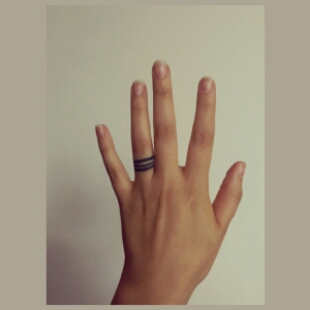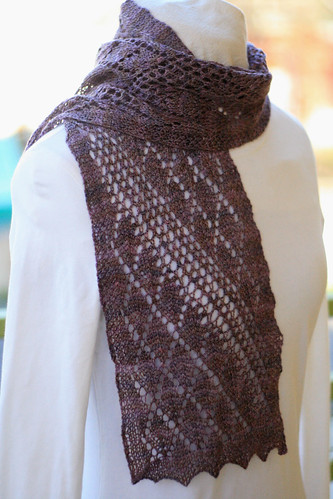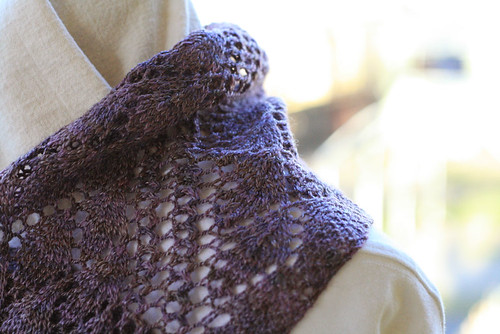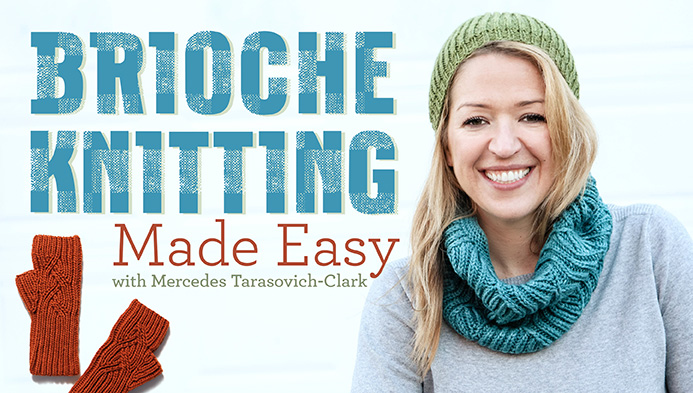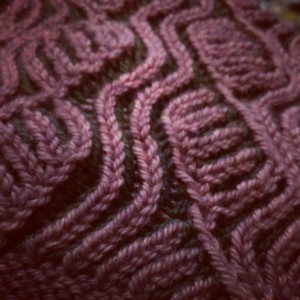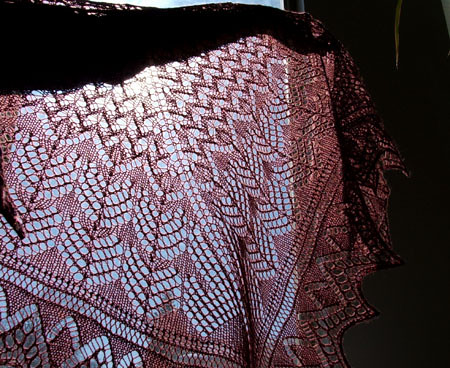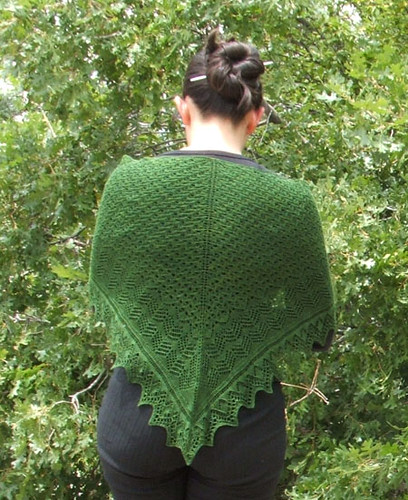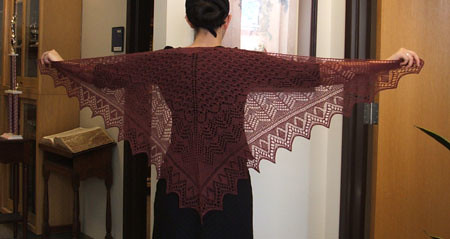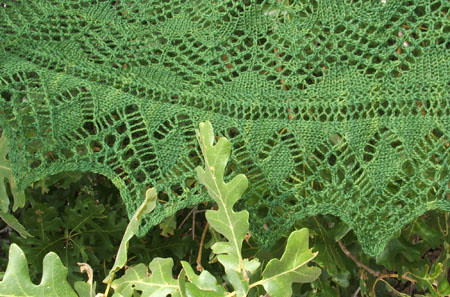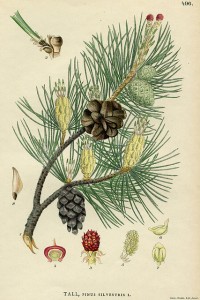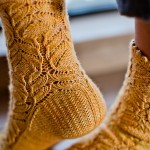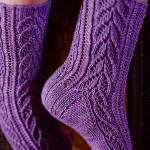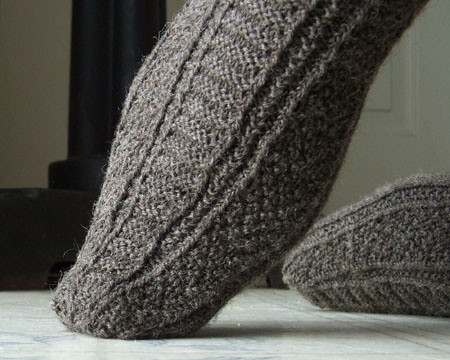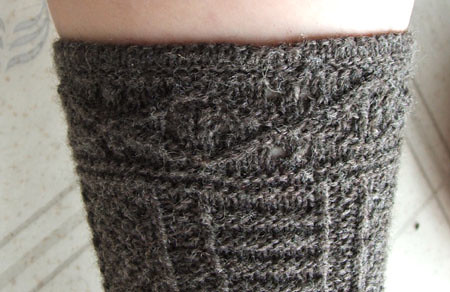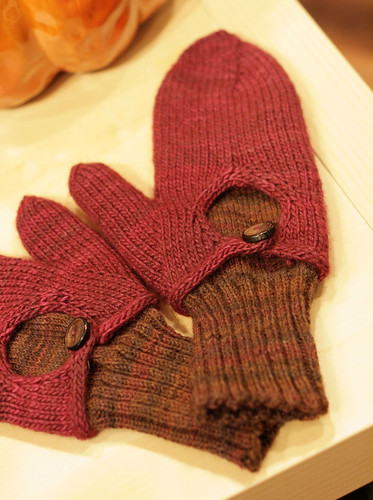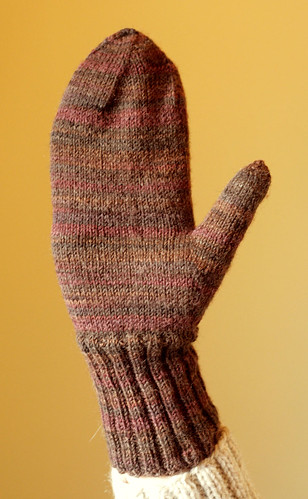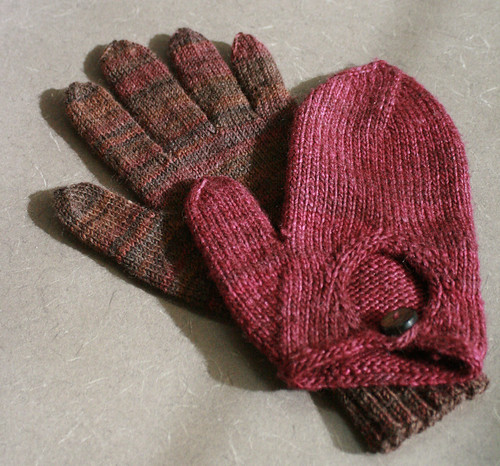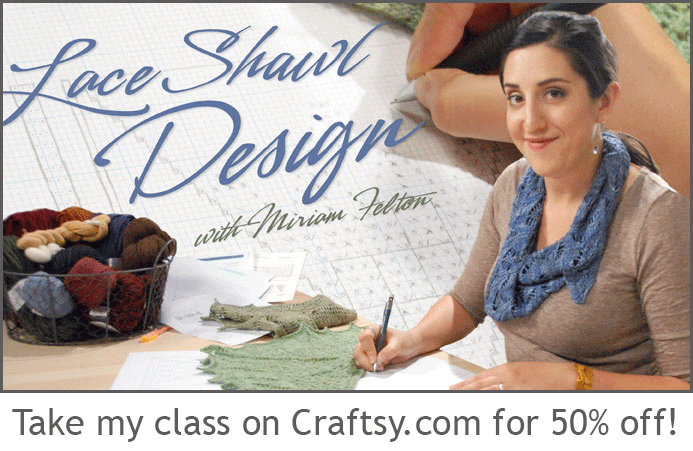Purchase the pdf file now through Ravelry (you don’t have to be a Ravelry member to purchase)
 | add to cart | show cart
| add to cart | show cart
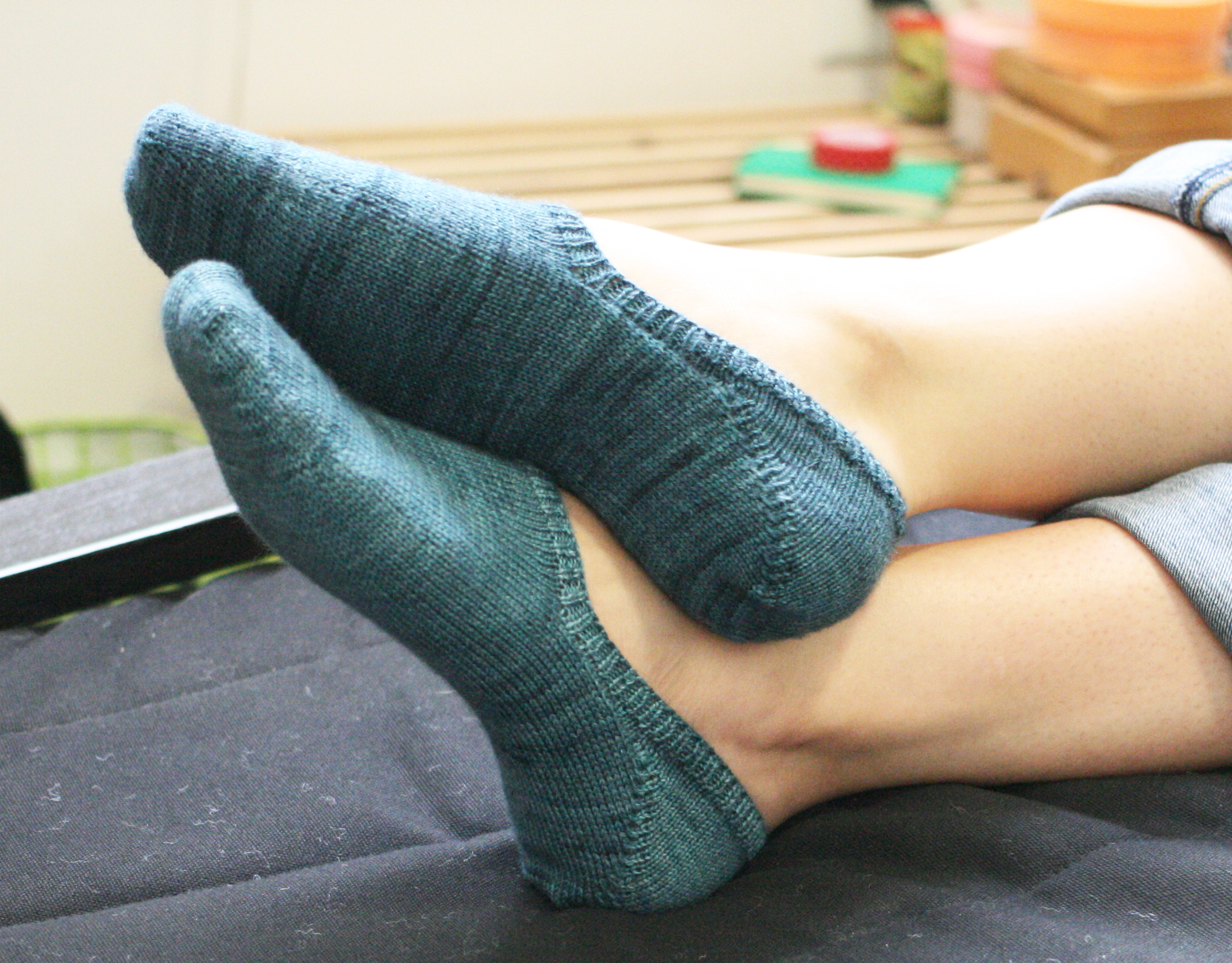
Footie Socks, 10 spi, in Anzula Cloud
The only formula you will ever need to make footie socks for the entire family. Great with clogs, chucks, or for sitting around the house.


Footie Socks at 7, 9, and 6 spi in Quince & Co. Tern, Malabrigo Sock, and Lorna’s Laces Shepherd Sport respectively.
Yarn: Yarns ranging from fine fingering/heavy lace to DK may be used. You should swatch to obtain one of the specified gauges (6, 7, 8, 9, or 10 stitches per inch). The pattern assumes that your yarn has some bounce and memory, so wool and wool blends are appropriate. If you want to use a different fiber, the pattern may require some trial and error. Samples are shown in Lorna’s Laces Shepherd Sport in Farwell, Quince & Co Tern in Kelp, Knitted Wit Superwash Merino Fingering in Silver Lining, Malabrigo Sock in Alcaucil, and Anzula Cloud in Mariana. Please see note for yardage info.
Needles: Any needle size to give you one of the specified gauges (see note).
Notions: 1 split ring stitch marker to mark BOR, 2 regular stitch markers, tapestry needle to weave in ends, crochet hook & waste yarn for provisional cast on.
Sizes: This pattern/formula covers foot circumferences from 6 – 11” (15.25 – 28 cm). You will need to know the wearer’s foot circumference and foot length. A table of foot length for shoe sizes can be found here (http://en.wikipedia.org/wiki/Shoe_size)
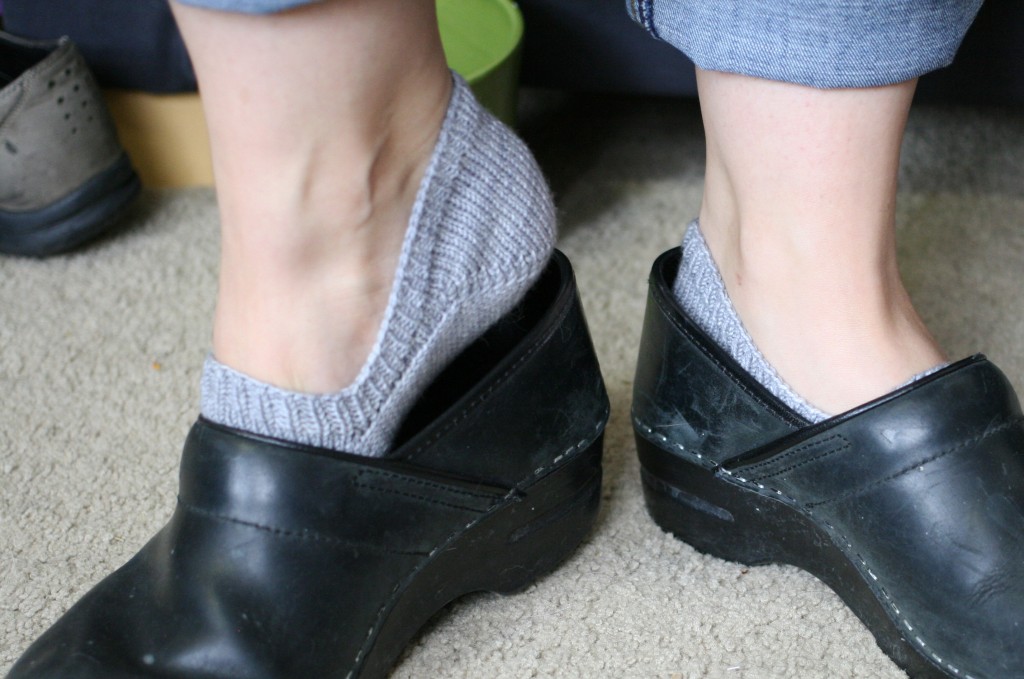
Footie Socks at 8 spi in Knitted Wit Superwash Merino Fingering.
Preparation: Swatch to get one of the recommended gauges. Select your foot circumference & your preference for 5% or 10% negative ease. If you are in between sizes you can knit the larger size with 10% negative ease to get a not-too-snug sock. If you want a snugger sock, knit the smaller size with 5% negative ease. Use the Footie Sock Reference Sheet to keep all your important info & measurements for each pair in one place. Download the file here (link opens a .pdf)
Chart 1 is your Target stitch count. Chart 2 is your Cast On Number and will be used when you’re working the heel to make the heel apex. Chart 3 will be used when you have finished the round part of the foot and are ready to start the flat portion as well as the short row rise at the back of the heel.
Yardage Requirements: Yardage will vary depending on yarn many factors, for my 10% negative ease 8” circ and a target length of 9.75” I used 110 yds (6 spi), 165 yds (7 spi), 198 yds (8 spi), 170 yds (9 spi), , 178 yds (10 spi). Your circumference and length measurements as well as your negative ease choice will change your yardage requirements. If you are concerned that you don’t have enough yardage, you can do alternate colored toes and/or heels, or go for a classic look and use a different color of yarn for the ribbing. 35-50 grams of yarn should cover a pair pretty well.
Foot Measurements & Target Foot Length: Foot circumference should be measured around the foot, just below the ball. To get your target foot length and enough negative ease to hold the sock on you need to take your Actual foot length and subtract 1-1.5” (2.5-3.75cm). If you like a very snug footie sock, subtract 1.5” instead of 1”.
Needle Choices: The pattern is written with the stitches divided into two sections: First Half & Second Half. If you are using two circular needles or magic loop, the pattern will not require any interpretation. If you are using 5 dpns, then Needles 1 & 2 = First Half, Needles 3 & 4 = Second Half.
Short Rows: You can use any Short Row Method you want so I have abbreviated WSR for Work Short Row. For instance, if you are using the Wrap & Turn method, WSR is the stitch you would wrap. If you are using the Shadow Wrap method, WSR would be your doubled stitch. Just remember that on following rows you will need to treat your SRS (Short Row Stitch) according to your chosen short row method. For instance, with wrap & turn you would knit your wrap and your wrapped stitch together. For a full discussion on Short Row methods, please visit techknitting or Socktopus.co.uk for Shadow Wraps.
Techniques Used: knit, purl, m1L, m1R, short rows, Stockinette flat & stockinette in the round, ribbing, markers, picking up and knitting stitches from a selvage edge.
Purchase the pdf file now through Ravelry (you don’t have to be a Ravelry member to purchase)
 | add to cart | show cart
| add to cart | show cart
